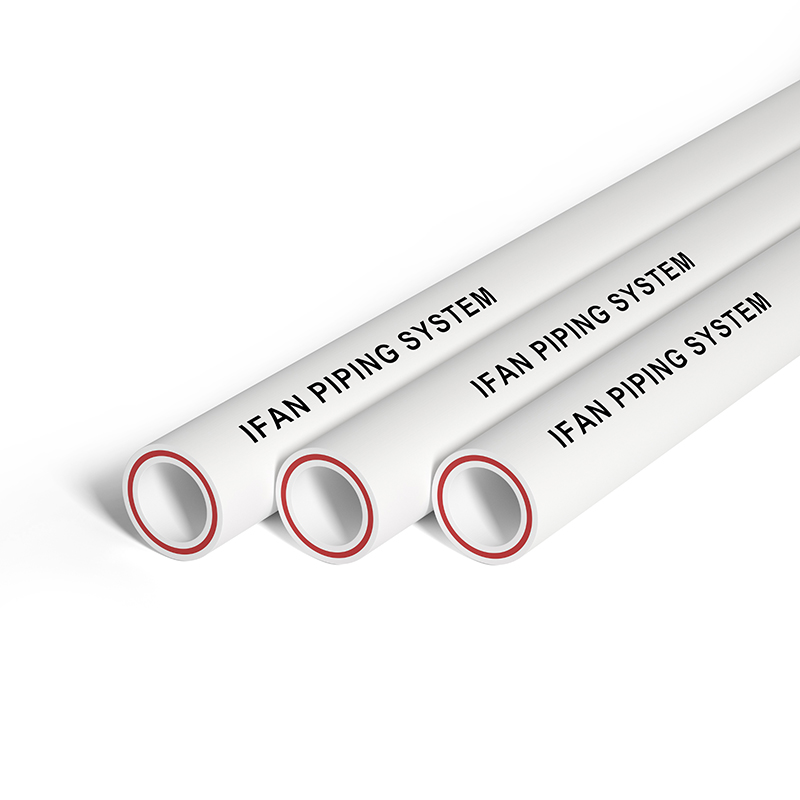Description
Exploring the Suitability of PPR Pipe Fittings for Fire Sprinkler Systems
Fire sprinkler systems play a crucial role in safeguarding properties and lives by promptly responding to fires and controlling their spread. The choice of materials for such systems is paramount, and PPR (polypropylene random copolymer) pipe fittings have gained attention for their potential application in fire sprinkler setups. This article aims to delve into the suitability of PPR pipe fittings for fire sprinkler systems, addressing key considerations and benefits associated with their use in this critical safety infrastructure.
Fire Resistance and Fire Safety Standards
PPR pipe fittings exhibit favorable fire resistance properties, making them a viable option for fire sprinkler systems. When exposed to fire, PPR materials demonstrate low flammability and limited contribution to fire spread, aligning with the stringent fire safety standards and regulations governing the construction and installation of fire protection systems. As a result, PPR pipe fittings can contribute to the overall fire safety of a building or facility when employed in fire sprinkler applications.
Corrosion Resistance and Long-Term Reliability
In addition to fire resistance, PPR pipe fittings offer notable corrosion resistance, which is particularly advantageous in fire sprinkler systems. The fittings’ ability to withstand corrosion from water and other fire suppression agents enhances their long-term reliability, ensuring that the fire sprinkler system remains functional and free from structural degradation over time. This corrosion resistance contributes to the longevity and effectiveness of the overall fire protection infrastructure.
Mechanical Strength and Durability
The mechanical strength and durability of PPR pipe fittings further support their suitability for fire sprinkler systems. These fittings are capable of withstanding the water pressure and hydraulic forces associated with fire suppression, maintaining their integrity and leak-resistant performance during critical firefighting operations. Their robustness and durability under pressure bolster the overall effectiveness of the fire sprinkler system, instilling confidence in their ability to perform as intended in emergencies.
Installation and System Compatibility
When considering the use of PPR pipe fittings in fire sprinkler systems, it is essential to assess their compatibility with system components and installation requirements. PPR fittings can be integrated into a wide range of fire suppression setups, providing versatility and ease of installation. Proper consideration of system design, layout, and hydraulic calculations is crucial to ensure that the fittings meet the specific demands of the fire sprinkler system and contribute to its efficient and reliable operation.
Regulatory Compliance and Certification
To ensure the suitability of PPR pipe fittings for fire sprinkler applications, it is important to verify their compliance with relevant industry standards and obtain appropriate certifications. Adhering to recognized standards and obtaining certifications attesting to the fire performance and reliability of PPR fittings reinforces their credibility as components within fire sprinkler systems, instilling trust in their ability to meet the demanding safety requirements.
Conclusion
In conclusion, PPR pipe fittings offer a compelling case for use in fire sprinkler systems, leveraging their fire resistance, corrosion resistance, mechanical strength, and compatibility to contribute to the safety and reliability of fire protection infrastructure. By meeting fire safety standards, demonstrating long-term durability, and aligning with system requirements, PPR pipe fittings can play a pivotal role in enhancing the effectiveness of fire sprinkler systems, ultimately contributing to the overall fire safety of buildings and facilities.
Related products






-300x300.webp)





